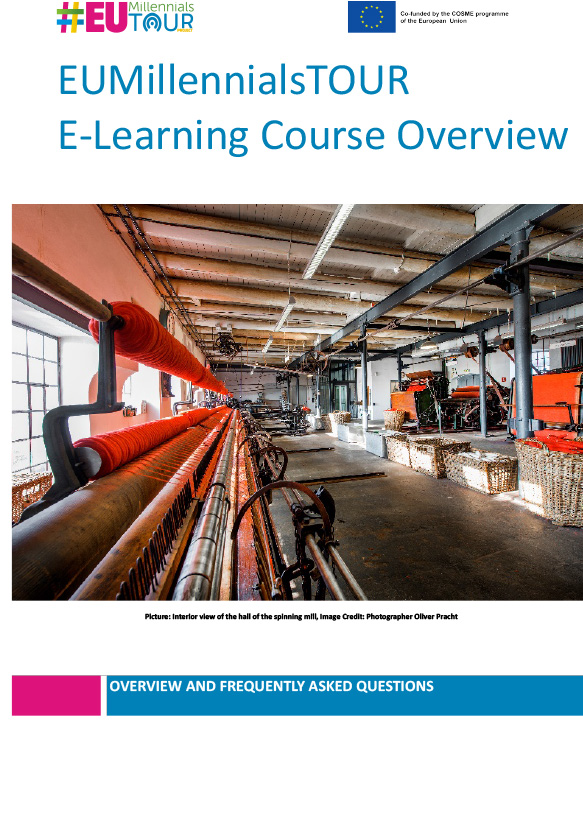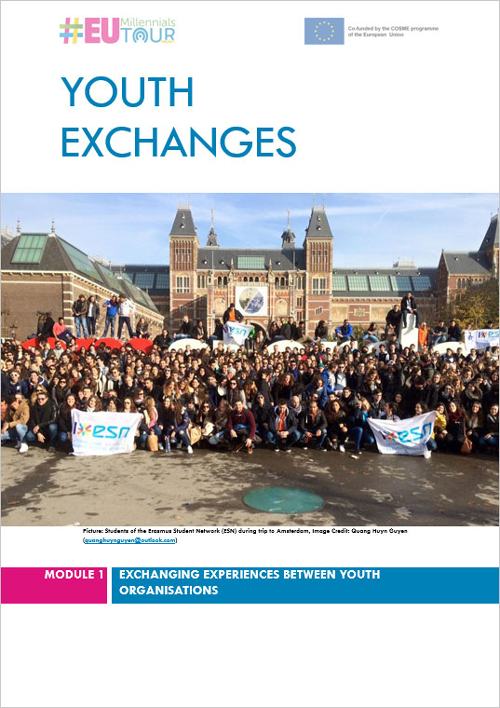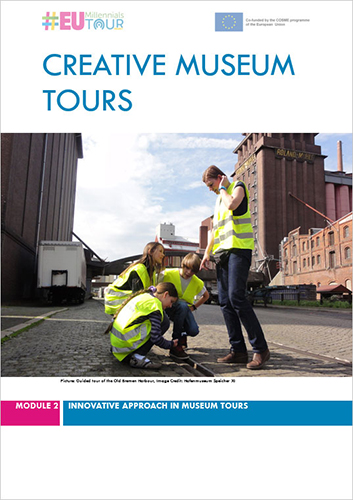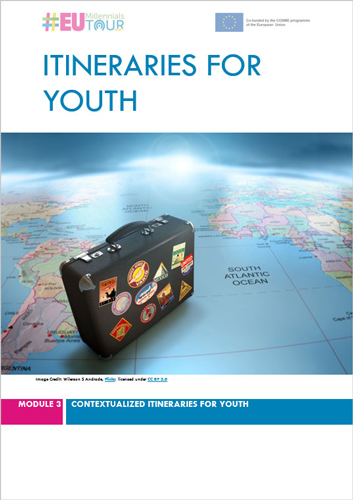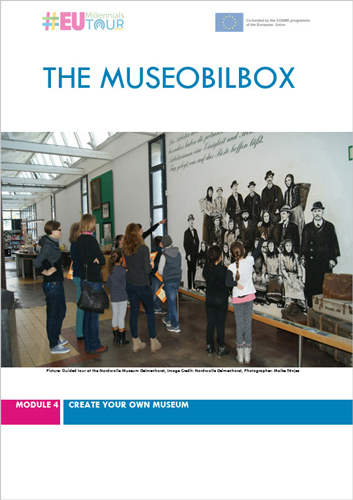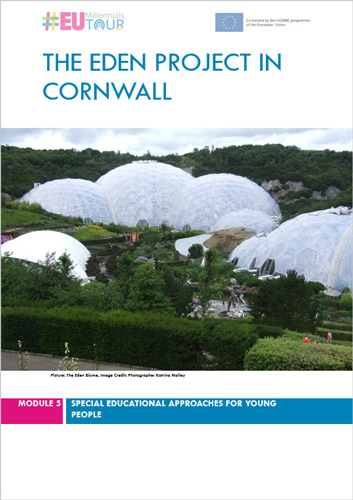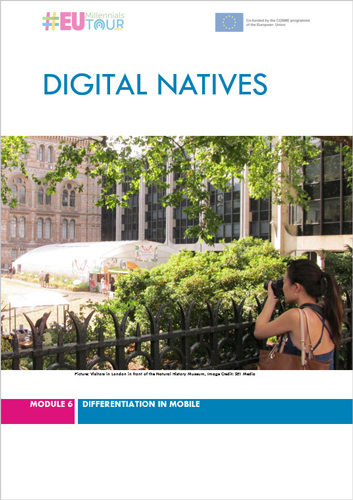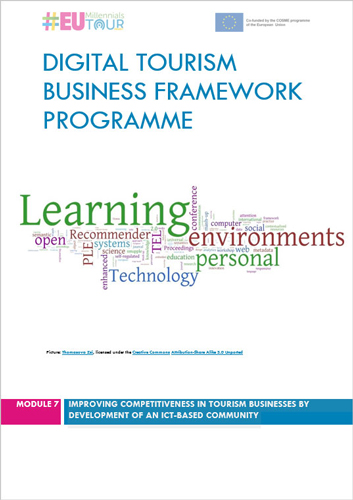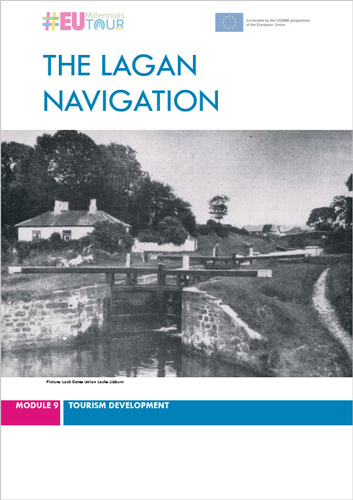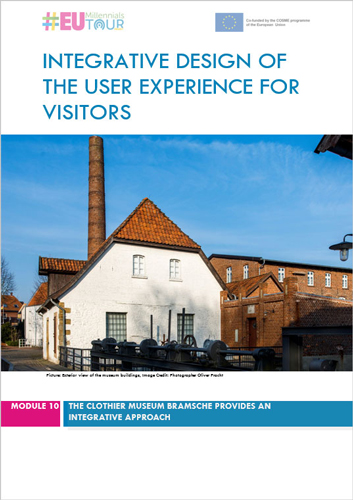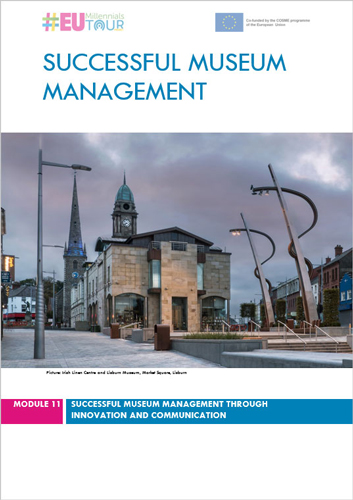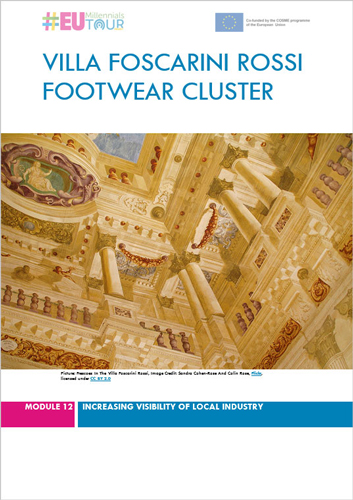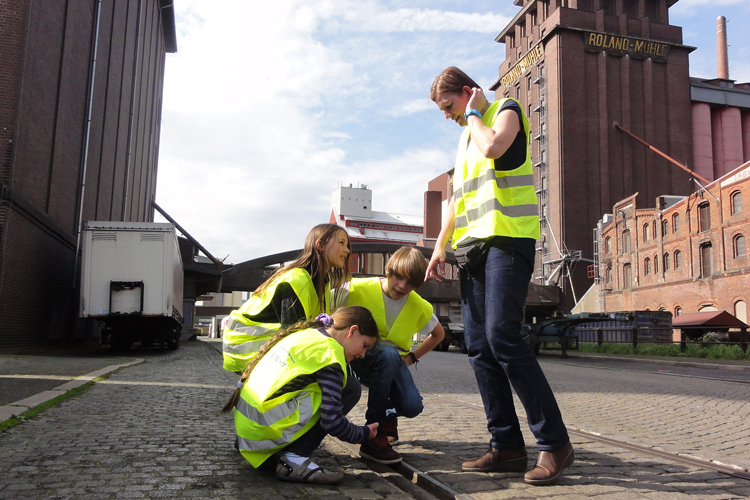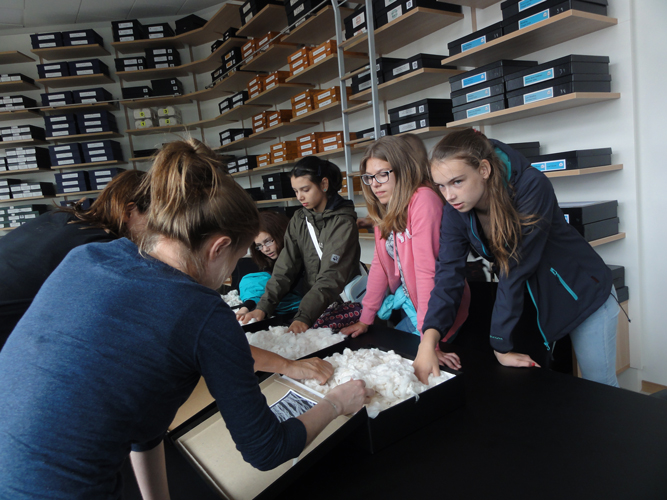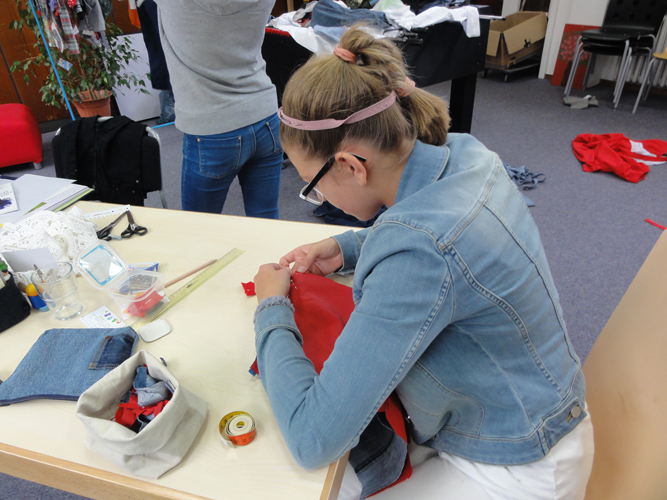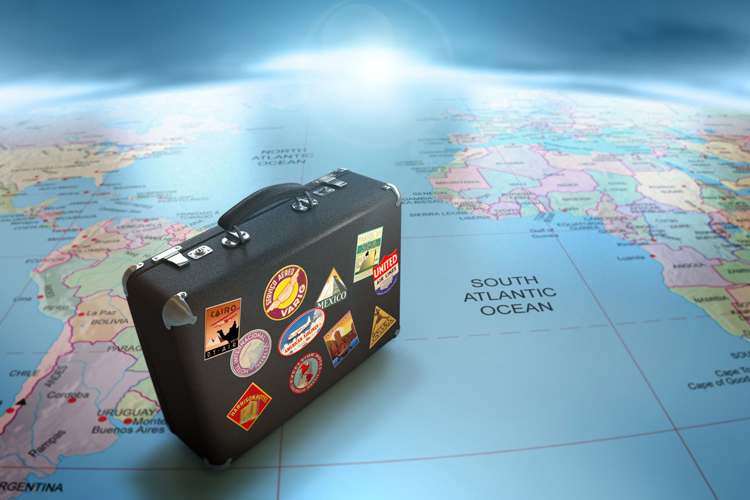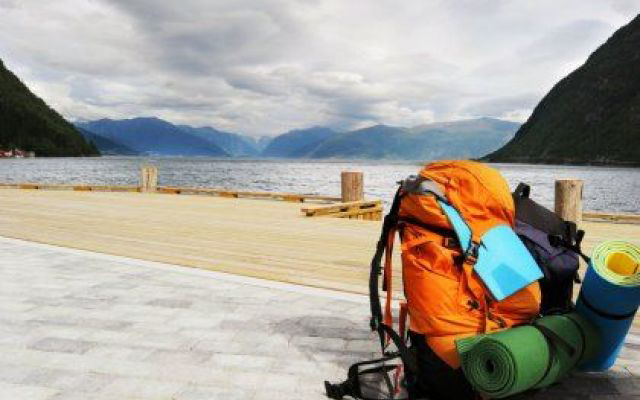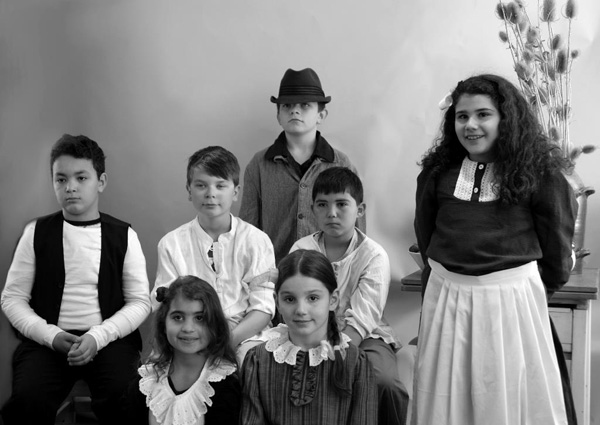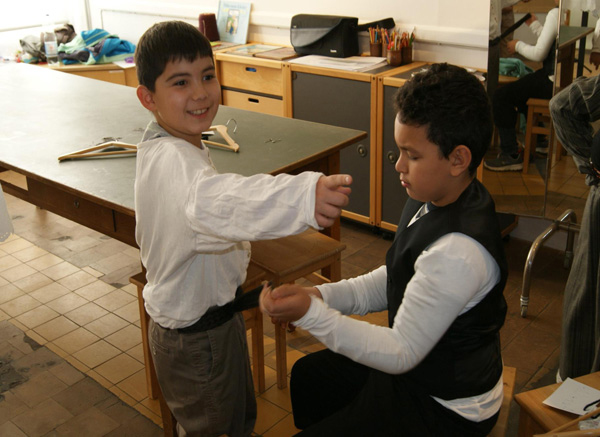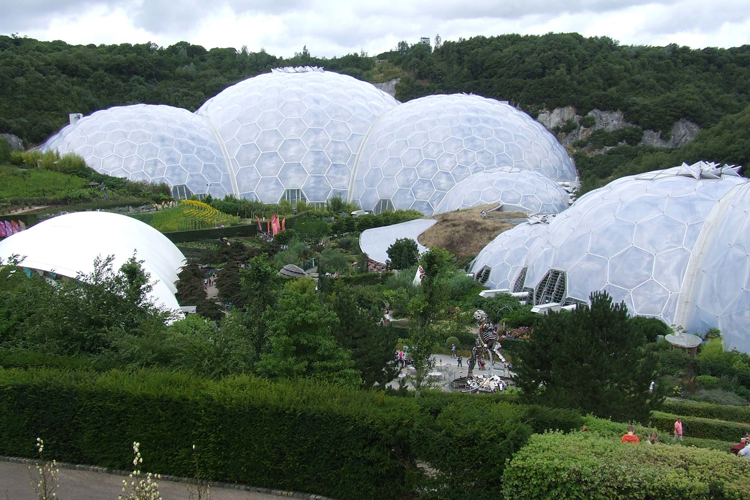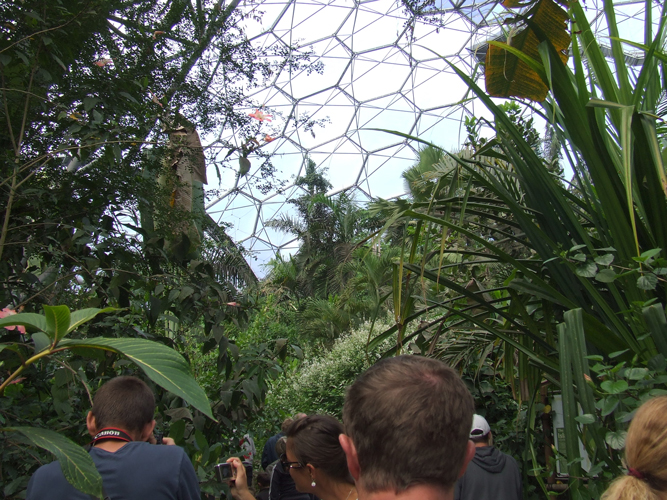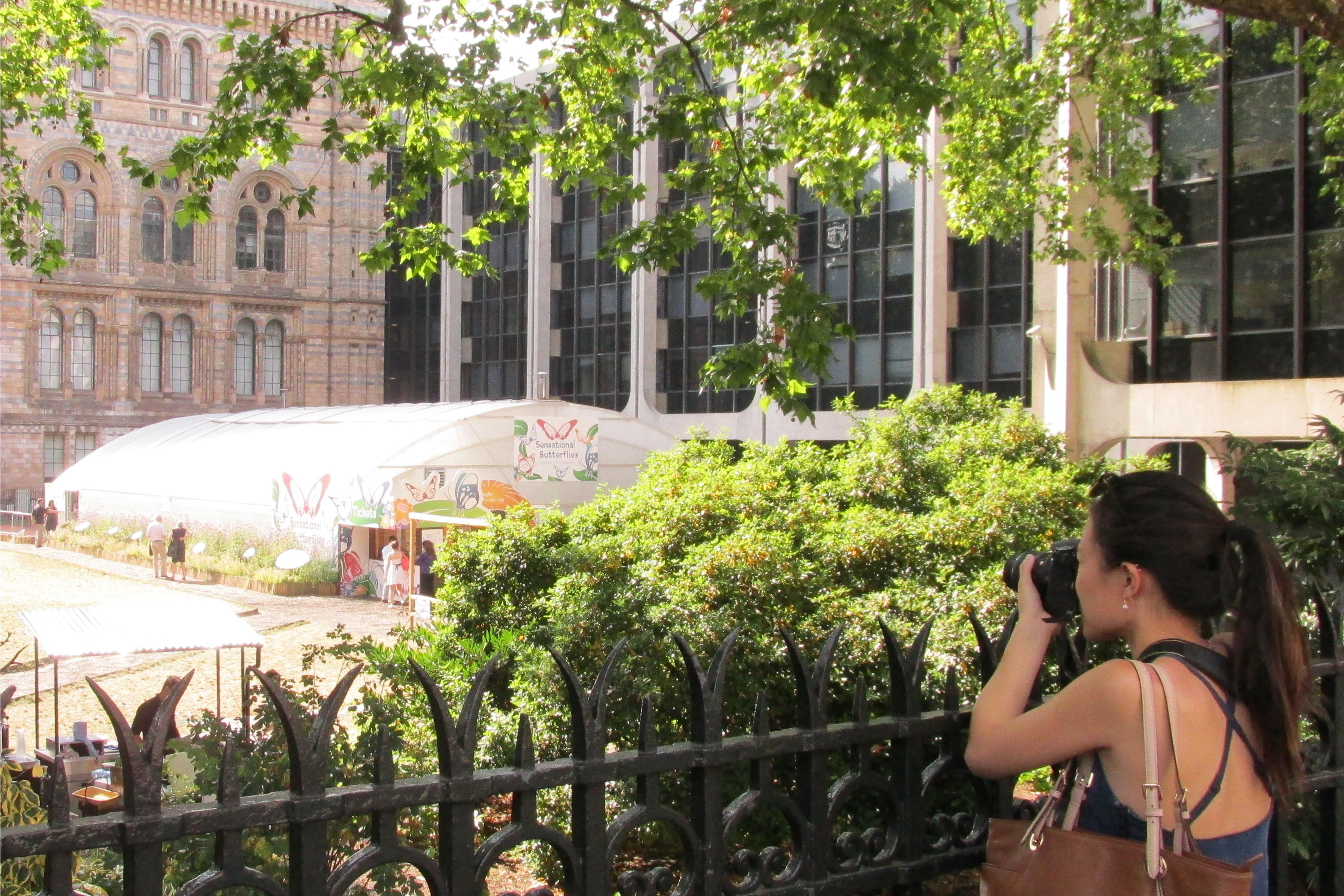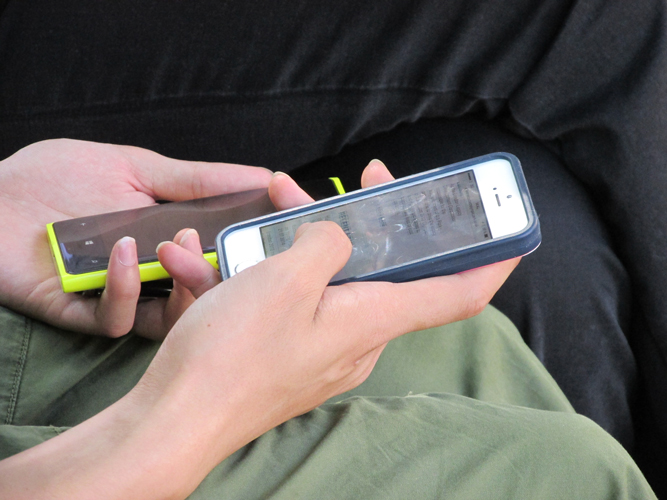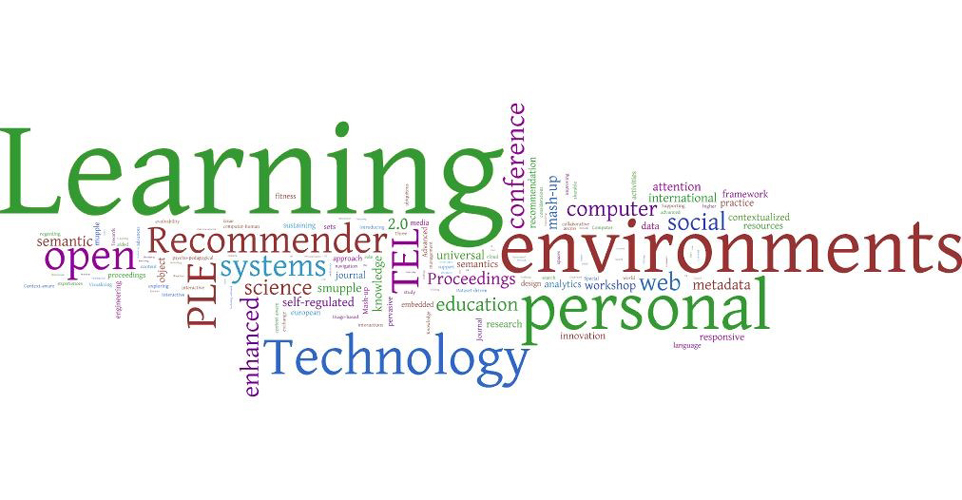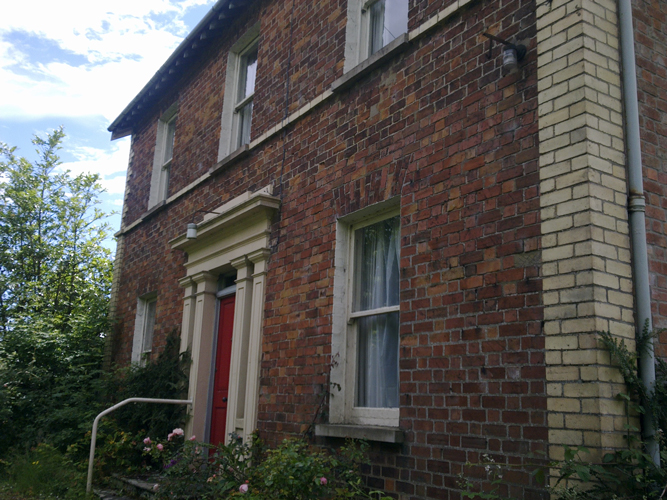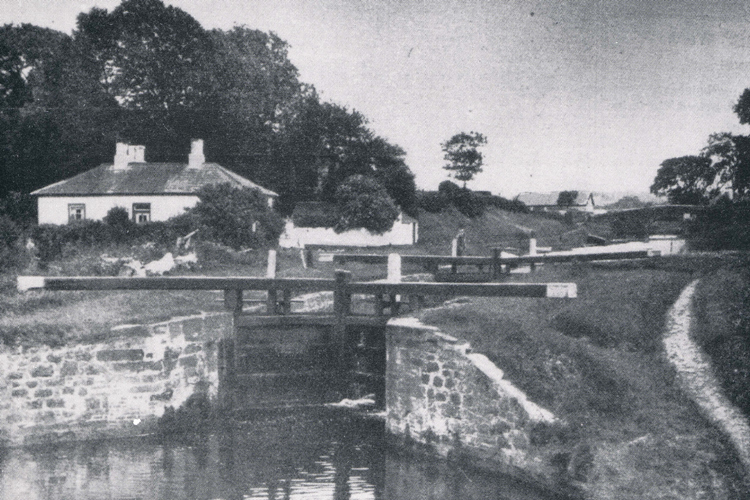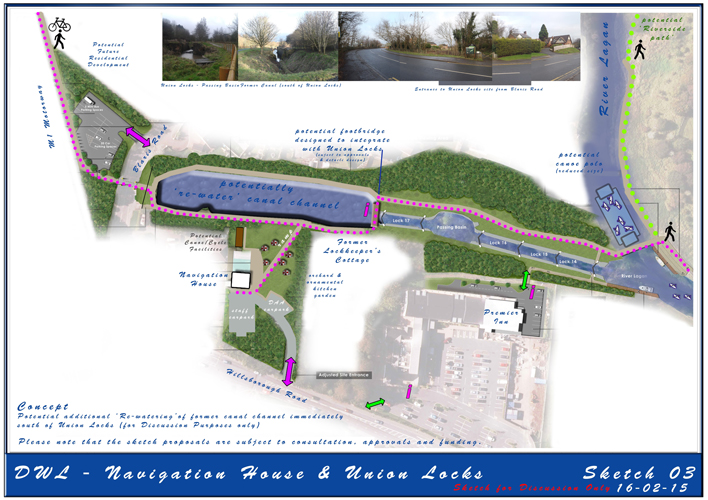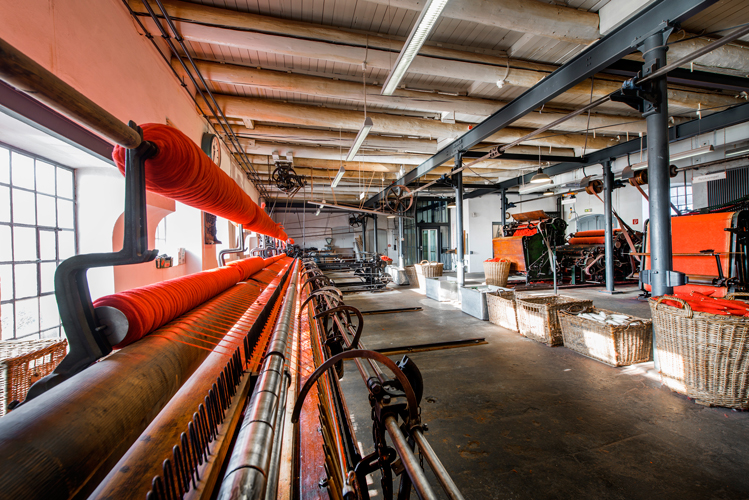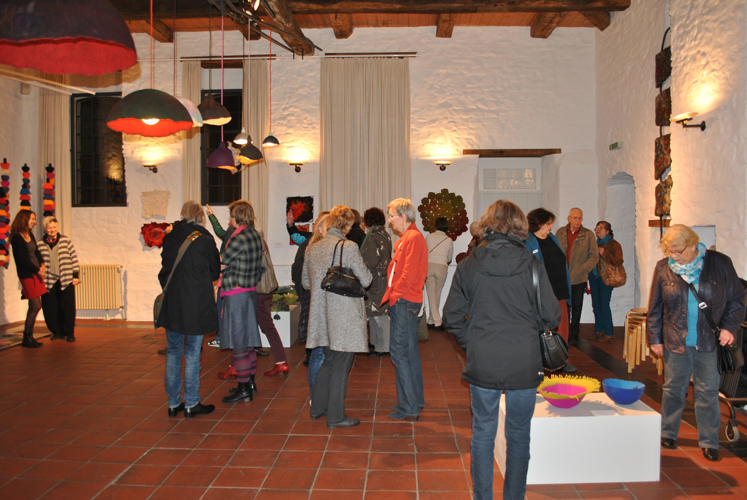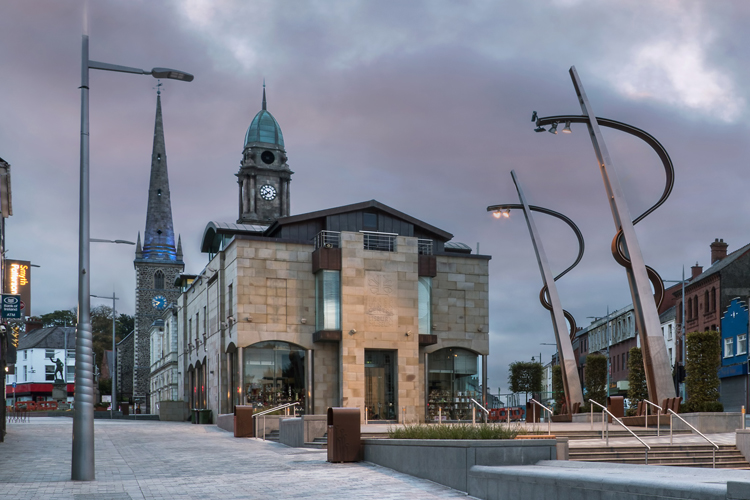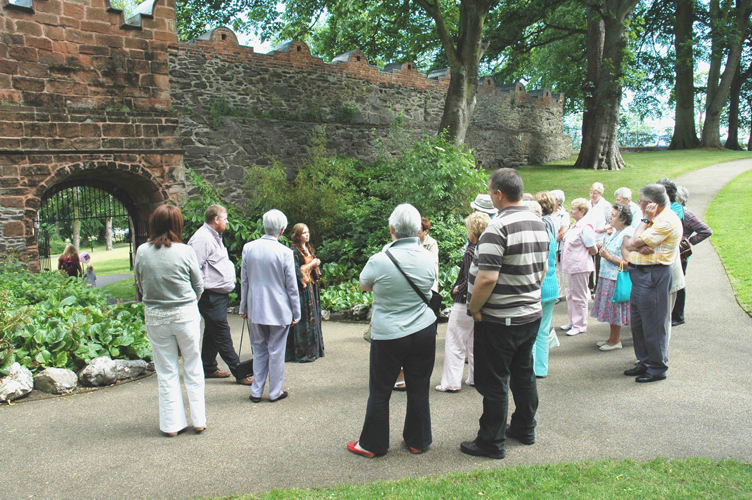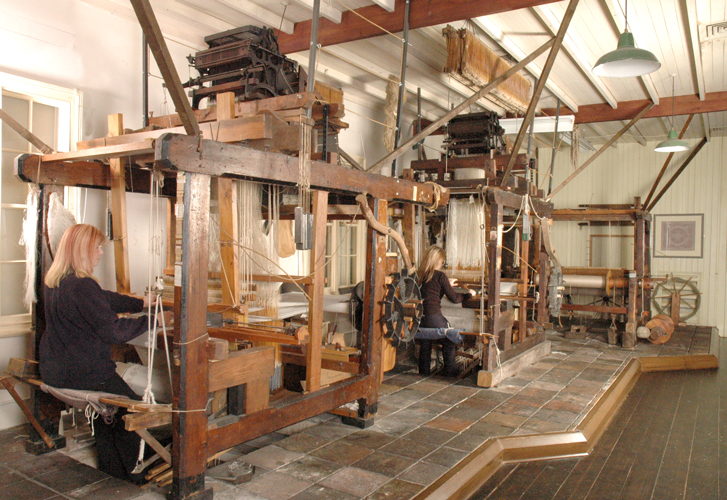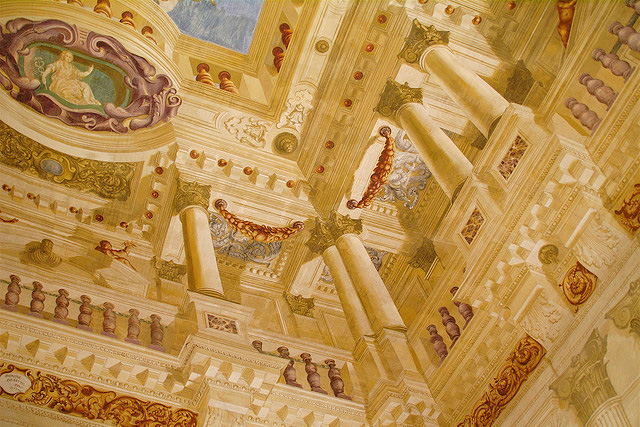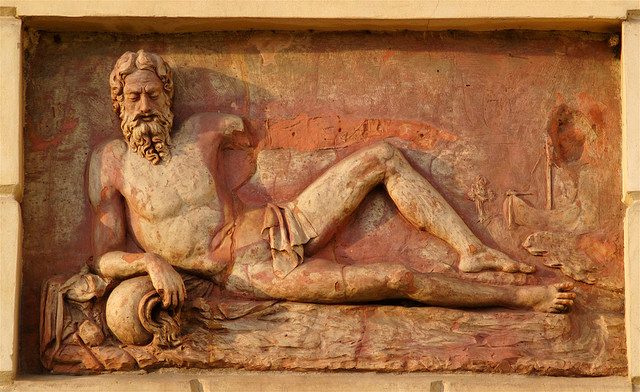YOUTH EXCHANGES
EXCHANGING EXPERIENCES BETWEEN YOUTH ORGANISATIONS

1. Introduction
Organising trips and tours to new locations and/ or locations with which you are not very familiar is not only challenging but also time consuming. At the same time there are individuals and networks out there that do already have this experience and are willing to assist in organising such trips.
The Good Practice below showcases an example of how individuals or networks with similar interests can collaborate, mutually benefit and take advantage of each other’s expertise. In the example below, the main actors are young, student volunteers, but the example could also be applied to companies, universities, authorities and other stakeholders. The exchange of expertise and experience could be a commercial one, or conducted pro-bono with the intention to being repaid through getting assisted in the future. A similar concept can be found in the work models of examples as Couch Surfing or Hitchhiking.

2. Background

The need for the cooperation comes from the fact that the student volunteers of the Erasmus Student Network do not always have the experience in a certain city or country they are planning taking their students.
The students could search online for solutions and organise everything themselves, but as the network already has in place ways for individuals to assist each other, the volunteers take advantage of these tools which in the end will facilitate their tasks.
The network has a type of intranet with the details of all volunteers all over Europe. There people can find the contacts of others and contact them through email or websites. Besides that ESN also has various Facebook groups that unite individuals who work in the same fields of work, that have similar interests, or that belong to certain regions of the network, as well as of course our general network events.
The cooperation is not only beneficial in terms of saving time and taking advantage of previous experiences, it is also financially beneficial for all parties. The visiting groups use the services of the local organisation's partners, hence improving the results of these partnerships.
On the other hand, the visiting groups often get discounted or preferential pricing due to the long-established partnerships already in place with the local organisations, hence saving costs and getting best rates for their activities.
3. Good Practice
Erasmus+ students are eager to travel around Europe in groups, small or big. On the other hand, the local Erasmus Student Network (ESN) organisations are eager to organise larger trips and tours for their Erasmus students – from 50 up to several hundred students per trip.
These trips are often though to cities and destinations that the ESN volunteers are not familiar with, and hence that they have no previous experience with. Therefore the organising volunteers are faced with the challenge to decide on the sites to visits, logistical solutions such as accommodation, transportation, social events, etc. for their students.
In order to solve this, the student community exchanges information and host each other. When an ESN volunteer from Site A is planning to visit Site B, a local student member from site B will guide the Volunteer from Site A, assist them with choosing accommodation venues, suggesting activities, booking the activities for them, and even welcome and participate in the activities during the trip itself, and in that way acting as a local host. This way the planning and organisation of the trip is facilitated and the Erasmus students also feel like they got to know the local culture through the encountering with local students and exploring their recommended activities and sites.
In the same way, when a group of students from Site B decide to travel to Site A, the local volunteers there will take care of the welcoming of the group and assisting with the planning of the activities. In this way, a whole network of student contacts are established, who actively keep in touch and exchange experiences and knowledge due to their constant interactions.
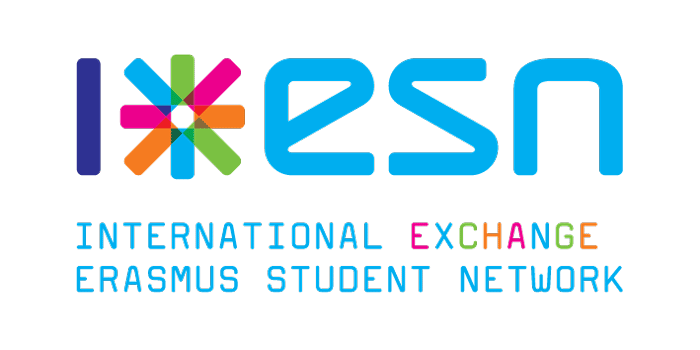
Not only do the exchanges facilitate the work of the trip organisers and has financial benefits for both the hosting and visiting organisation, but the participating Erasmus students also get a feel of the local culture and people. All in all, the experience is more enriching when you’re hosted by a local student or organisation, compared to a trip where you would be partially isolated from the local society due to the lack of direct contact with it.
This same approach is not only relevant to volunteers and students, but it could also be implemented through a network of individuals, SME’s or tourism agencies that collaborate, each with their own specific area and location of expertise.
Not related to trips, but within the Erasmus Student Network we also have network of Mobility Ambassadors (called Mov’in Europe Ambassadors) who consists of individuals who have taken part of different types of international exchanges, hence possess knowledge on how to apply, participate and get the most out of these experience, and who through their Ambassador role and prior experience have committed to share this information with any student or young person who is looking for information about the different opportunities. The Good Practice shared here uses the same method, but applies it within the field of tourism and travel organisation.
4. Effectiveness
and success factors
Success factors:
- Individuals with local expertise share their knowledge and experience
- The network is strengthened and maintains active contact through the exchanges
- Participating students feel like they experienced the local culture and met local people
- Financial benefit for both hosting and visiting organisations
- Activities and experience can be repeated with different groups multiple times over a longer-period of time
Effectiveness:
- Organisers take advantage of others’ experience and knowledge
- Double work is avoided as local volunteers already have the knowledge
- Many times it is easier for local volunteers to deal with local companies, than what it would have been for foreign organisers – due to language, local knowledge of practices, previous affiliation, etc.
5. Results and Impact
Several results and impacts have been achieved with the ESN project:
- Closer connection and cooperation within network
- Increased satisfaction among students
- Easier organisation of trips and tours
- Cost savings for the visiting organisation
- Financial benefits for the hosting organisation
- In general the organisations have the possibility to organise more trips and events as the organisation of each trip is easier and hence more human resources can be put on other activities
6. Additional Material
6.1 Links to websites
http://ec.europa.eu/programmes/erasmus-plus/index_en.htm
6.2 Links to videos
https://www.youtube.com/watch?v=31AER3Dn33s
https://www.youtube.com/watch?v=vovN9K8JI-A
7. Questions
This is the professional self-learning section to reflect on the topic, improve your skills and sharpen your creativity. Please use it as a starting point for the development of your own ideas and thoughts. Please select at least one of the questions below and note your answer in max. 1000 characters. You can also use the additional online material or consult other online sources to refine your arguments. Please send your answers to the following contact: info@eumillennials-tour.eu
1. The ESN model is designed for larger groups. How could this model be transferred on individual travellers or a company?
2. You are in the role of a trip organizer: what is your strategy planning a three-day trip in your hometown for a group of 60 students?
3. Is there another/ better way of improving travel experiences for larger student groups? Describe your strategy.
Please send your answer(s) to the following contact: info@eumillennials-tour.eu
Please add the number of this module and the number of the question to your answer (e.g.: module 1, question 1.).
We will not give grades. You will not receive an individual marking and feedback on your answers. Individual feedback will only be given by the online assessment contact.
8. Online Assessment
For those that are interested in deepening their knowledge about the module, a personalized online assessment is offered. For all questions on the topic and further information about this module, please contact your expert for your online assessment. If you have a question closely related to your answer on the module question, please attach this answer to your assessment request.
World Youth Student and Educational (WYSE) Travel Confederation
Wendy Morrill
Educational Associate
Email: education@wysetc.org
Skype: wysewendy
9. Contact Information
World Youth Student and Educational (WYSE) Travel Confederation
Wendy Morrill
Educational Associate
Email: education@wysetc.org
Phone: +31 20 421 2800
Skype: wysewendy
10. Responsible according to the Press Law
V. i. S. d. P.:
Wendy Morrill
World Youth Student and Educational (WYSE) Travel Confederation
Keizersgracht 174-176
1016 DW Amsterdam
The Netherlands
Phone: +31 20 421 28 00

